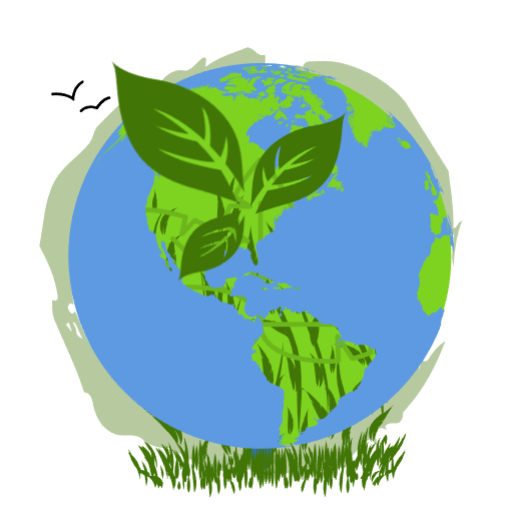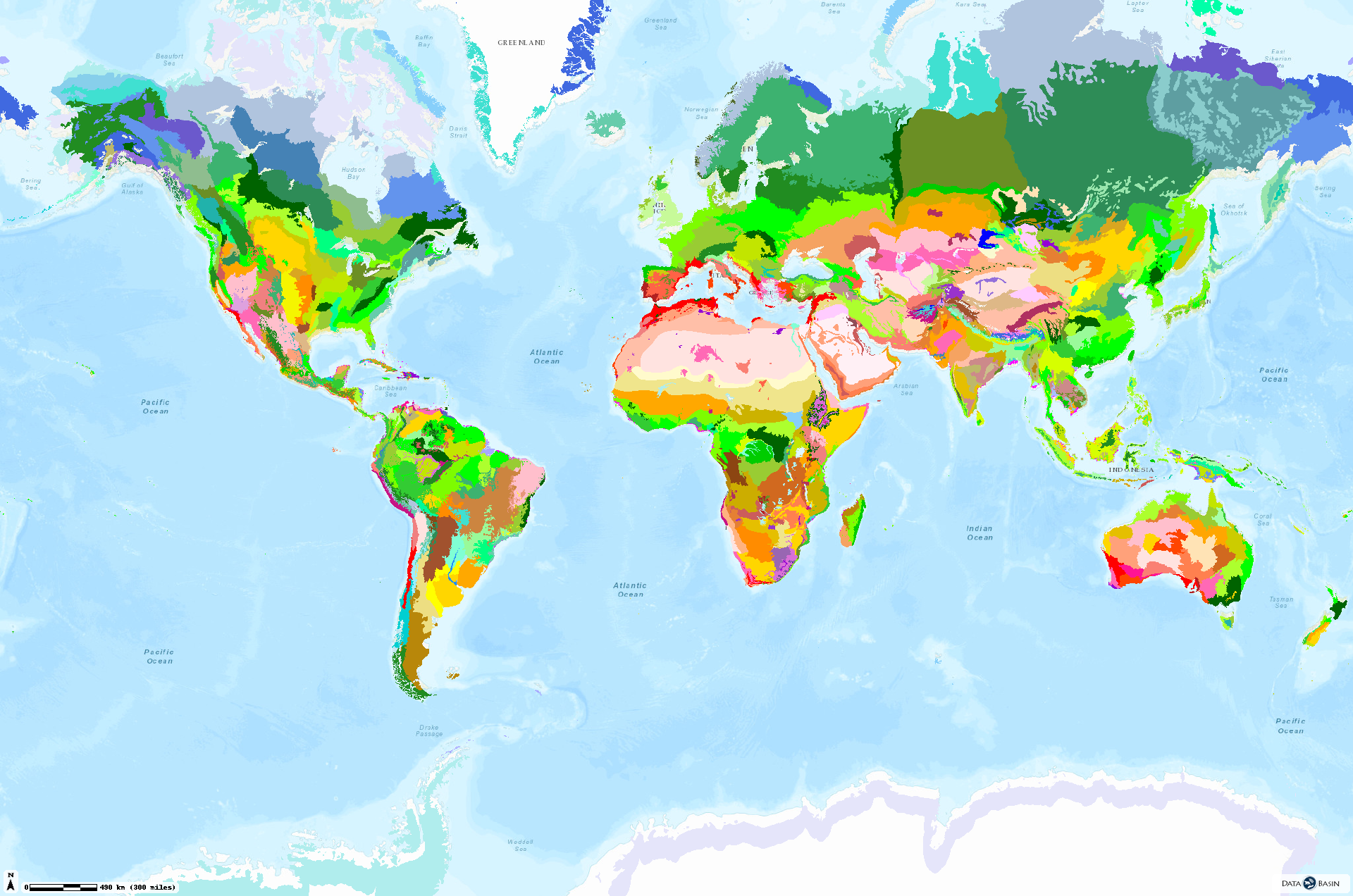Nebraska 🔍
Nebraska is a state in the Midwestern United States, located along the eastern border with Iowa and southward into Minnesota. It is known for its rich history, diverse culture, and natural beauty, including the Great Plains and the Black Hills.

